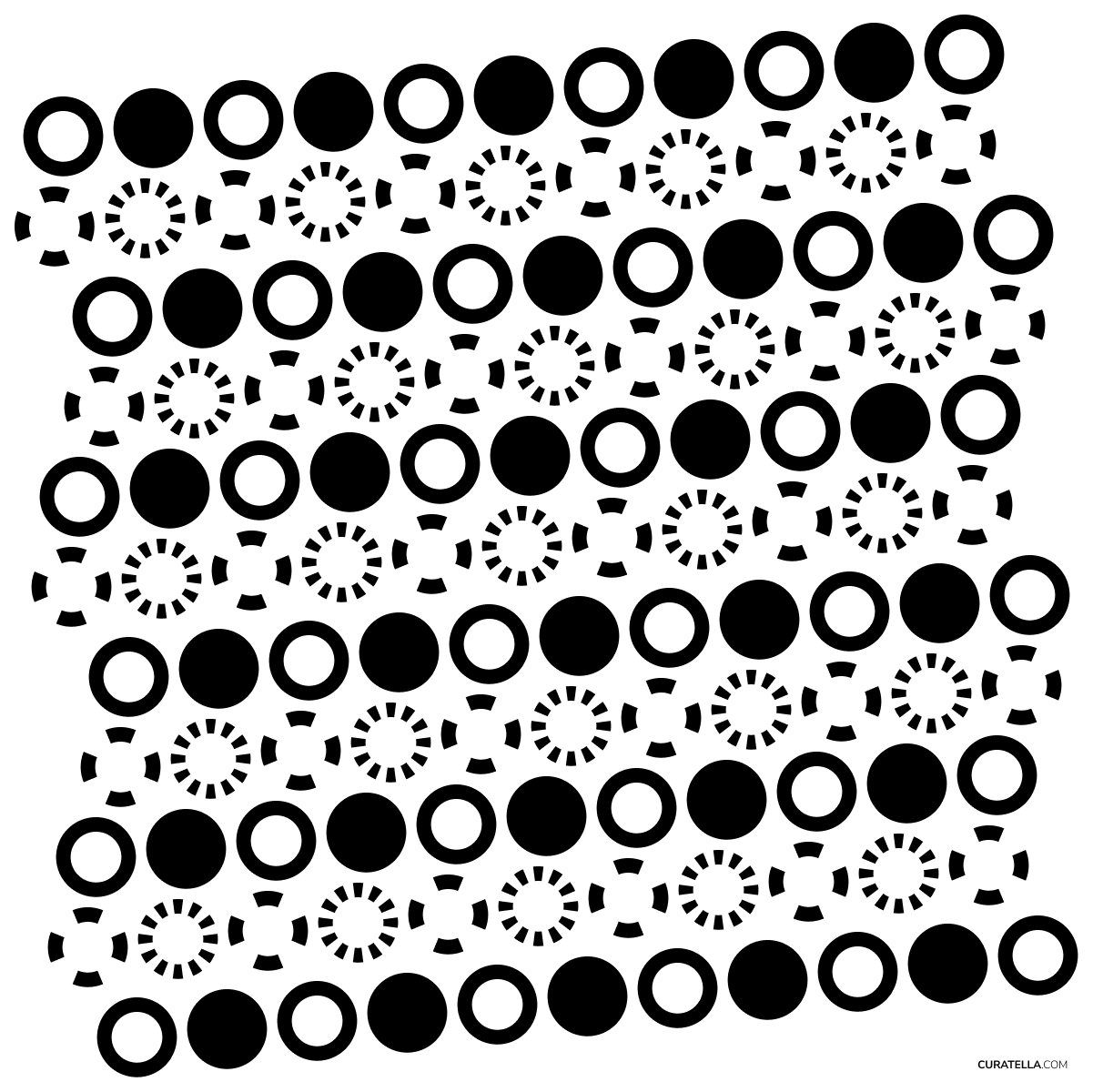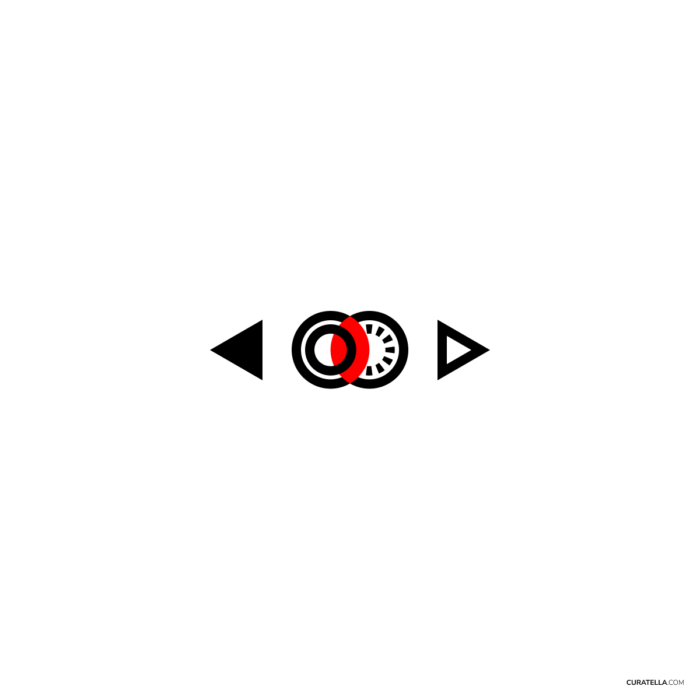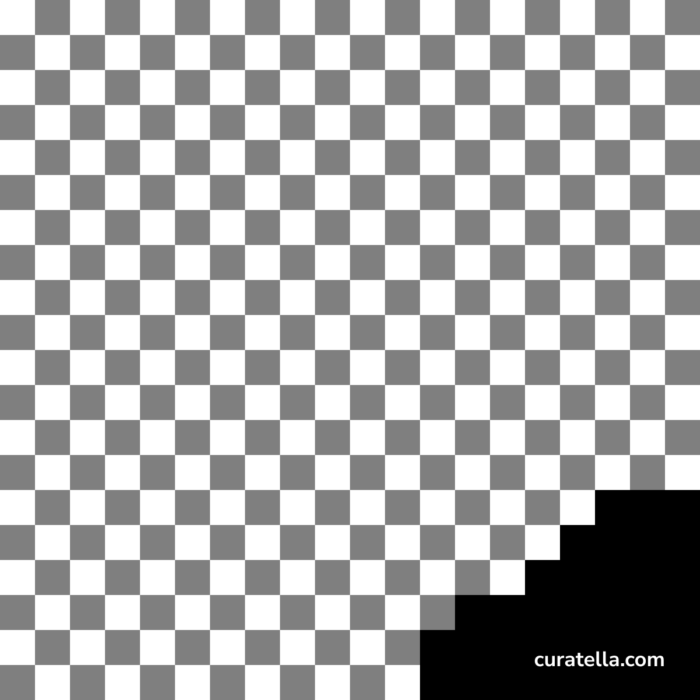Having a writing deadline doesn’t mean we should invent something at the last moment. We are forced to do that if we never save our ideas. If we have a system to capture ideas when and where they come to our attention we prepare the building blocks for our next piece.
Use what you already have
There are different ways to leverage existing content once we can retrieve it. They can be divided into two categories following the bottom-up and top-down approach:
Curate your idea garden
Review your note archive, research bank, Zettelkasten, second brain, or your scratch file. Look for already connected ideas or the ones most resonating with you. Reviewing your notes closes the loop between capturing information and creating new content. If we never review what we captured we risk falling into the black hole of information hoarding.
An interesting perspective is offered by tools for thought augmenting our capacity to retrieve relevant information with minor efforts. The future will reward us with an interesting development in that field.
Define your direction
If reviewing your existent content increases your confusion by leaving you disoriented, you should first review your note-taking workflow. What was that interesting in the first place? Why did you capture it? Failing to explain to yourself the motivation behind a note indicates a problem in your way of learning.
In addition to the emergent interests resonating through your motivated capturing of information, you might decide what you want to write about because you have a strong determination or an immediate need. Sometimes that helps because it relieves us from the decision-making burden. It’s too easy to understand the why behind a work if it has been requested by the boss, colleagues, clients, or somebody influencing us.
The wisest approach to our cultural enlightenment is to plan our journey. On an exploratory path to what interests and matters to us, we should decide the field, the topic, and the focus of what we need to write about, next.
How to review your notes
If we have been so organized to have all of our notes in one place we have some possible approaches to review them:
Randomly
Use the chance to pick a note, any note. Learn from “The Dice Man” how randomness could drive our life. In this case, there are no particular criteria to specify, just don’t be picky, the game wants you to work on the first thing pulled from the pile.
Recency
Pick the latest note you wrote, the most recent topic which interested you. It’s fresh in your mind. You should be able to remember how you were feeling when you captured it. No need for Proust’s madeleine to relive something close in time.
Popularity
If you have a blog or a newsletter: what’s the most popular article? Or what’s the most popular tag or category?
If you have a lively exchange with the public: what’s the most frequently asked question you receive?
If you are an educator or a communicator: what’s the topmost topic you’re asked to discuss?
If you have a nice PKM system, what’s the most connected note?
Completion
If you keep your drafts organized: what’s the most refined? Which incomplete article would require the most minor work to be a shining final piece to share or publish?
In my case, this draft was waiting to be refined on top of the others. Now you know why it became my next post to be shared..
You should always leave your note better than how you found it. A powerful simple rule that leverages the repetition of bettering actions to slowly but constantly increase the quality of your note archive.
Select the notes you found the most interesting during your review.
Filter them by accuracy, relevancy, and richness.
Search for any further source that can integrate potential gaps in your selection. If needed, consider doing additional research.
Extract the parts you want to use. Brutally copy and paste them into new notes (to feed your note archive) and into a draft document to prepare your final copy.
Don’t be too picky with your internal sources, plan a free-flowing writing session to reconstruct your memory of anything that is missing or unclear.
Ensure zero tolerance for plagiarism by citing all sources and paraphrasing and rewriting the key ideas you want to use by carefully recognizing the original authors.
How to combine your notes into a draft?
The initial assembly of your reviewed and selected notes can quite likely be a Frankenstein.
Combine all pieces by establishing relationships between them.
A radical foundation to create a flowing discourse between your written thoughts is to follow the DSRP approach:
“D” as Distinction
Which notes are defining the thing and which do not?
How can you distinguish what falls in your topic and what does not?
How can you clarify the nature of what you want to describe by making distinctions?
Example:
- Free-flowing writing is not research
- Fleeting notes are not evergreen notes
- Writing drafts is not publishing.
- The “Lure” to capture the reader’s attention is not the content
“S” as System
Identify the parts, their relationships, and the boundaries building the system you are focusing on. Having a clear map of what composes our focus clarifies how to talk about the whole and its components.
examples:
- A Note-Taking system is a thinking tool. The notes are our thoughts, not just their representation. The way we connect concepts is the manifestation of our thinking.
- There is no strict definition of the atomic unit of a note-taking system but just the concept of a “note”.
- A note is a container that can have a loose or a strict structure
- There can be as many types of notes as the one that we need.
- Usually, notes differ based on their temporary nature: fleeting or permanent and their source: literature or thoughts.
“R” as Relationships
How are parts connected? What relationships exist between them? How are they providing a richer understanding of the whole?
Examples:
- The value of a note-taking system is its interconnectedness. The more I create relationships between notes based on connecting criteria the more I can articulate my thoughts following non-linear paths between my notes.
“P” as Perspective
What’s your take on what you are writing about? Is it part of your experience, your dreams, or your designs? Do you have recommendations, warnings, or suggestions? What have you learned by writing this article? Can you put yourself into the shoes of different people, professional roles, and personas? How can you enrich your views with insights and opinions from different angles?
And, finally, write!
All of the above should provide us with lots of inspiration and material at a more or less refined level. We should now be able to move from the review and research phase into the revision and rewriting.
We cannot condone the attitude of stitching all the pieces together thinking it will be ready to be published. We need to wear the Editor Hat. We might maybe put temporal and physical distance from this draft. Let’s come back to it after at least 24 hours, the more the better.
How do we judge our draft with the eyes of a stranger? Is it readable, and flowing? Is it interesting? Does it robustly support the point we want to make?
But that’s another story, deserving another article.
Do you plan or improvise your creativity?
Do you review your notes? Do you curate your drafts?
What’s your experience in phasing writing due dates without improvising? I am curious if you are so brave to maintain your note archive in a way conducive to your creativity when you need it the most. Is your note-archive feeding your exhausted brain when you don’t know what to write about? How do you cope with the sense of boring tiredness in rereading things you wrote and that maybe you wanted to forget forever? (yeah, in my case, frequently!)


